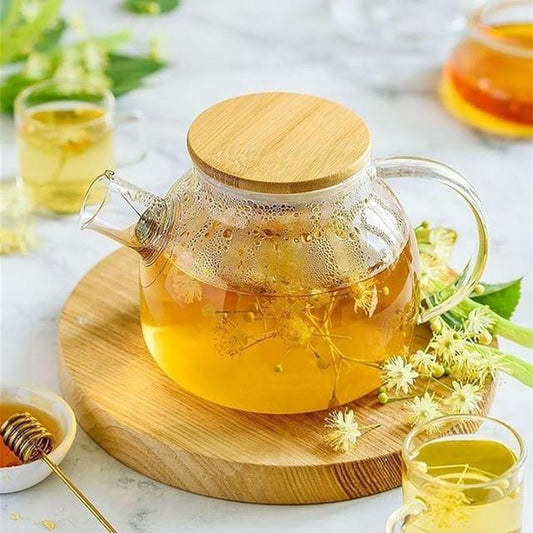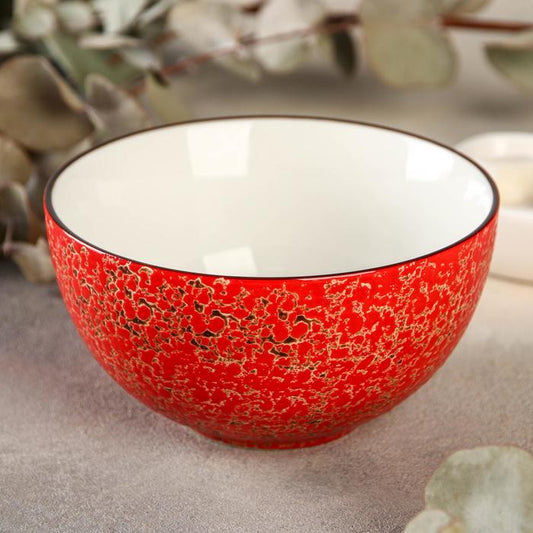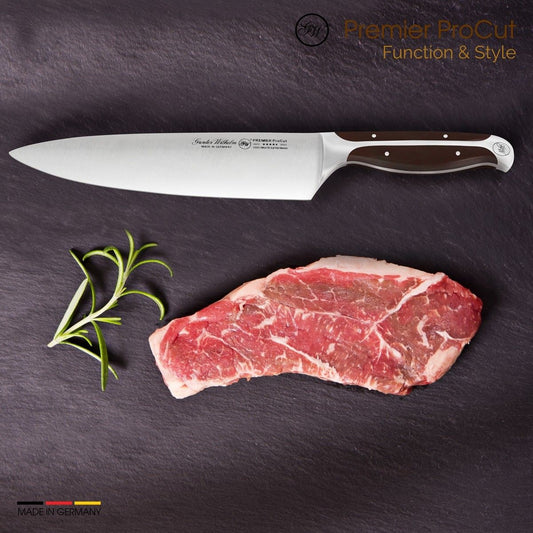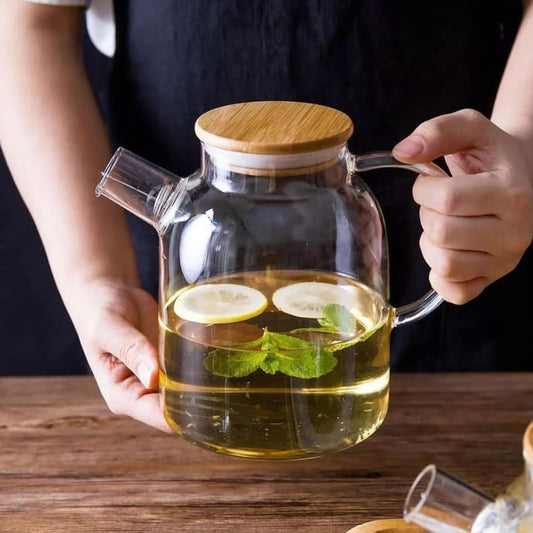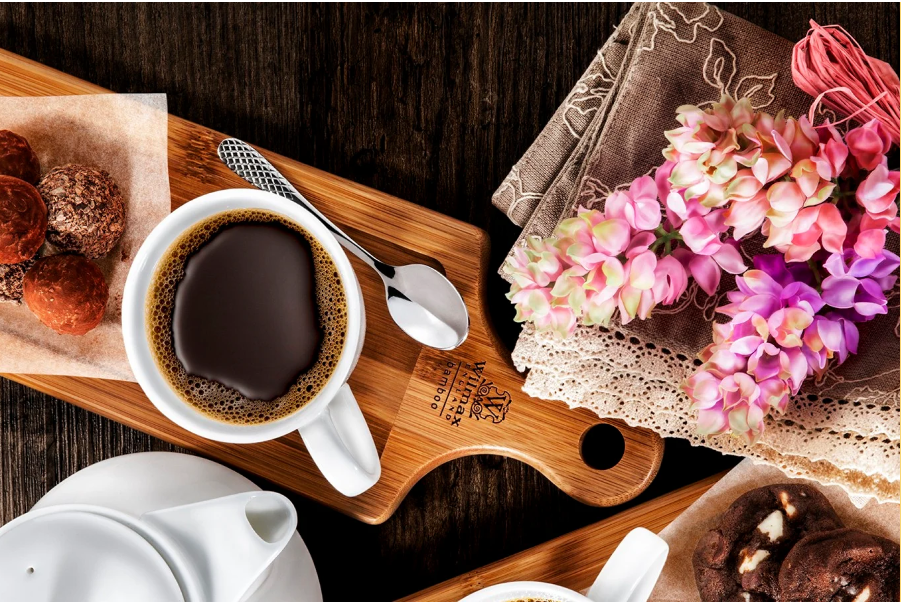Peruvian Flavor Wave: Ceviche, Ají & Pisco Cocktails Taking Over

🌊🔥 Peruvian Flavor Wave: Ceviche, Ají & Pisco Cocktails Taking Over
Lima’s best culinary exports—bright ceviche, powerful ají chiles, and boozy pisco cocktails—are shaping global dining culture in 2025.
Why Peru, and Why Now?
If 2010s gastronomy had a love affair with molecular foams and deconstructed plates, the 2020s belong to clarity of flavor and the unapologetic joy of raw, bright ingredients. Peru arrives at the table with both historical depth and a modern, urban energy. Lima—home to a dizzying number of restaurants, inventive chefs, and a thriving cevichería scene—has become a global taste hub. The result: Peruvian dishes and drinks that are immediately accessible (hello, citrus and salt) and endlessly adaptable.
Ceviche: The Power of Acid, Texture & Sea
Ceviche is the dish most people think of first—and for good reason. It’s elemental: fresh fish cured in citrus, brightened with sliced onions, cilantro, and a hit of ají. What makes Peruvian ceviche stand out is the precision of balance and the supporting cast: crunchy cancha (toasted corn), sweet choclo (large-kernel corn), and creamy sweet potato that tames the acidity.
Chefs worldwide are taking cues from Peruvian technique—short acid “cooking,” a focus on ultra-fresh seafood, and presenting ceviche with complementary textures rather than burying it under heavy sauces. The result? A dish that reads as both elegant and elemental on a global menu.
Ají: Chile, But Make It Peruvian
When people say “aji,” they aren’t just talking heat. Peruvian ají varieties (ají amarillo, ají limo, rocoto) deliver fruitiness, floral notes, and a distinct umami brightness that’s unlike many other chiles. Ají amarillo, for example, brings a sunny, mango-like sweetness under the heat; rocoto offers apple-like sharpness alongside punchy spice.
Peruvian sauces—aji amarillo crema, ocopa, huancaína—are being reinterpreted in restaurants globally: aioli with ají amarillo for fish tacos, rocoto mignonette for oysters, and aji-infused vinaigrettes lending that signature South American lift to salads. The upshot is that “chile” in 2025 often means more nuance than burn.
Pisco: Peru’s Spirited Ambassdor
No Peruvian flavor story is complete without pisco. This grape brandy—distilled with a terroir-driven approach—is the backbone of the classic pisco sour and the facelifted pisco negroni. Bartenders have embraced pisco’s aromatic profiles: floral, stone-fruit, and sometimes minerally, which make it ideal for both citrus-forward sours and more contemplative stirred cocktails.
The pisco revival has also played into craft cocktail culture’s taste for authenticity and origin stories. Bars now serve flights of regionally distinct piscos, pair pisco with local bitters or ají-infused syrups, and build seasonal lists around Peruvian ingredients like lucuma and tumbo (banana-like and tangy fruits respectively).
Culinary Hybrids: Where Peru Meets the World
One of the most exciting things about Peru’s exportability is how adaptable its elements are. Think: ceviche tacos with ají crema; roasted sweet potato with miso-maple glazed gel; pisco-citrus spritzers with bitter herbal liqueurs. Because Peruvian techniques emphasize balance—acid, fat, salt, spice—they slot into many cuisines without losing identity.
This is why you now see Peruvian influence in sushi bars (ceviche-inspired nigiri), in upscale gastropubs (aji-spiced aioli on fried chicken), and in dessert menus (lucuma semifreddo, pisco-poached pears). The core tools—acidic cure, bright chile, aromatic brandy—are kitchen-friendly and chef-beloved.
Restaurants & Cocktails: Business Case & Menu Strategy
For restaurateurs, adding Peruvian elements is savvy: many dishes are ingredient-light but flavor-heavy, offering high perceived value with reasonable food costs. Ceviche, in particular, can be scaled—served as small plates or larger sharing formats. Pisco-based cocktails provide high-margin beverage options that pair well with spicy and citrus-driven dishes.
Strategically, kitchens often introduce Peruvian items as rotating specials—test the market, measure social engagement, then fold popular items into the core menu. For bars, a pisco cocktail program signals craft credibility while also broadening spirits selection beyond bourbon and gin.
Culture & Storytelling: Why Diners Care
Cultural cachet matters. Peruvian cuisine has a compelling narrative: pre-Columbian roots, Andean staples (quinoa, potatoes), coastal seafood traditions, and centuries of immigrant influence (Japanese, Chinese, African, Spanish). Diners are hungry for authenticity, and Peru’s culinary backstory delivers depth alongside flavor.
When a server explains that the ají is hand-harvested from a specific valley, or that the pisco comes from an artisanal distillery, the meal becomes not just eating but cultural exchange. In an era where provenance and experience drive choices, Peru’s story is a menu marketer’s dream.
Pro Tips for Chefs & Bars
- Start simple: Add one ceviche on the menu showcasing local fish and a clean, citrus cure.
- Respect balance: Use ají to enhance fruity notes—don’t rely on heat alone.
- Educate staff: Train servers on pisco varieties and pairing suggestions to boost sales.
- Play with format: Offer ceviche as a share plate, tasting portion, or in tacos to broaden appeal.
FAQs
Is ceviche safe to eat raw?
When prepared properly with the freshest fish and handled with strict cold-chain practices, ceviche is safe. Acid “cooks” the protein chemically, but hygiene is critical—especially in high-volume kitchens.
How spicy is ají compared to other chiles?
Ají varieties range from moderate to hot, but many Peruvian chiles emphasize fruity and floral notes rather than pure heat. They’re prized for complexity, not just burn.
What does pisco taste like?
Pisco’s profile depends on the grape and region: it can be floral, fruity, or mineral. That versatility makes it ideal for both bright sours and richer cocktails.
Share:

